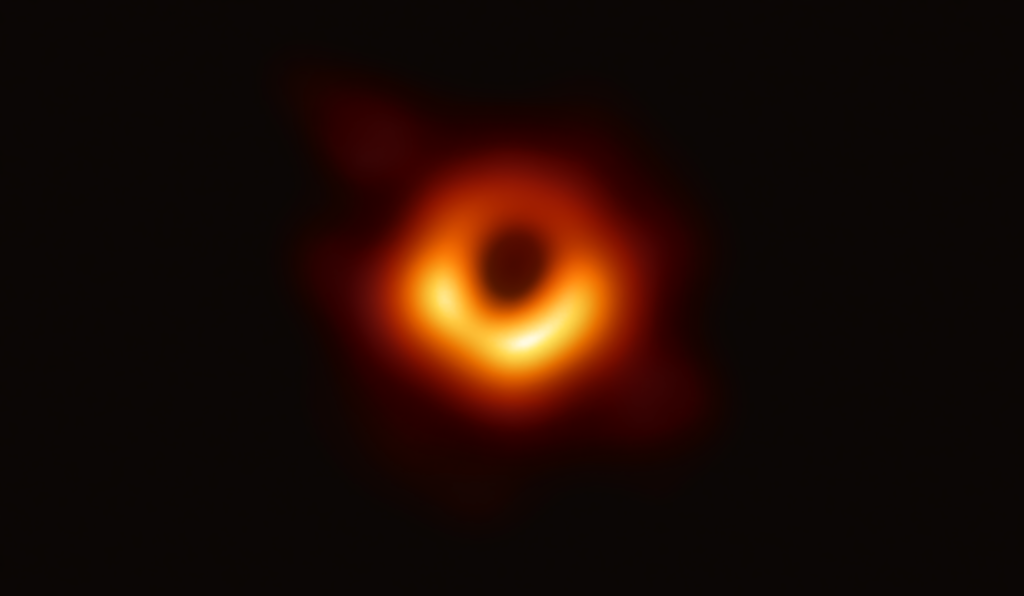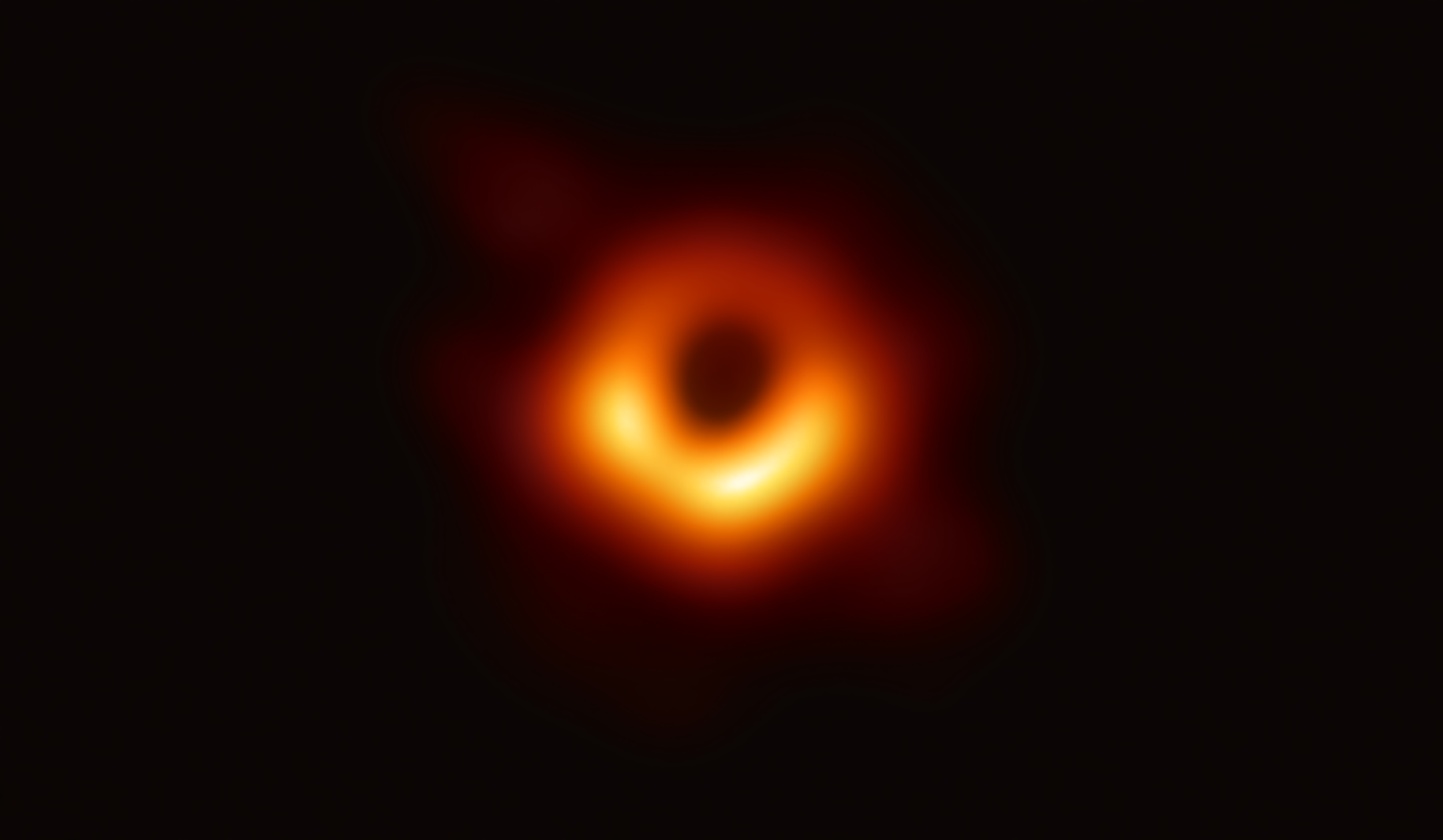OPEN SCIENCE
Open for Rare is a program that uses an open science approach for the study of molecular defects causing rare diseases. The researchers involved hope to “accelerate the development of medicines made available at affordable prices and the democratization of science.” Sharing data and reagents without any conditions is one of the initiative’s principles, along with the aim of having no patents, no secrets, no royalties. Bravo!
Six design principles for open sourcing the design of bioinstruments. Lior Pachter presents the lessons learned from building a cheap ($400) open source syringe pump and microscope system that is compatible in performance to commercial systems. Open source toolkits are a great way of lowering the access barriers to experimental research.
PUBLISHING
The University of California and Cambridge University Press have reached an open access publishing deal. Under the agreement, researchers can publish for free in Cambridge University Press open access journals. Costs to their subscription journals will go down as that open access publishing usage increases, meaning that this represents a largely cost-neutral arrangement. This deal appears to rebut concerns that strategies around maintaining overall costs in such open access deals may not be commercially attractive.
“Why time for open education, open textbooks has come”. A column in The Citizen, Tanzania, by a lecturer from Dar es Salaam University College of Education on the importance of open education in educating a larger portion of society in the country. With skyrocketing costs of text books in for example the US, access to higher education continues to face untenable barriers.
Ripeta and Gigantum join the Digital Science family. Both companies aim to work on open science and reproducibility. Ripeta in assessing the robustness of work, and Gigantum in managing and sharing data, code and other research outputs.
The Global Alliance of Open Access Scholarly Communication Platforms (GLOALL) is a newly launched initiative where partners join forces and work towards interoperability of platforms and dissemination of scientific knowledge worldwide. Launch partners are AmeliCA, AJOL, Érudit, J-STAGE, OpenEdition, and SciELO.
cOAlition S is advertising the position of an Open Access Champion. An initial 12-month contract with a commitment of 2-3 days a week.
RESEARCH
The Event Horizon Telescope Collaboration has published the first image of a black hole, shown below. The ground breaking research is published in a focus issue of The Astrophysical Journal Letters. From a publishing perspective there are a few notable facts: The research is published in a society journal and not a broad, high-impact journal. It is published free to read. The author list shows that most authors have ORCID IDs. Key contributions to the algorithm used to construct the image of the black hole are by Katie Bouman.
It has been an exciting week for science with yet more headline news. Nature published the discovery of an ancient human species in the Philippines, Homo luzonensis.
EVENTS
Metascience 2019, from September 5 – 8, 2019, at Stanford University. A conference on the emerging field of research on the scientific process. An exciting program.
CERN-UNIGE Workshop on Innovations in Scholarly Communication, from June 19 – 21, 2019, at University of Geneva, Switzerland.

The first image of a black hole, at the center of the galaxy M87, 50 Million light years away. The black hole has a mass of about 6.5 billion suns and a size of 38 billion kilometers, which is equal to around 250 times the distance from the sun to the Earth. The image is based on observations from the Event Horizon Telescope.
Credit: Event Horizon Telescope Collaboration
